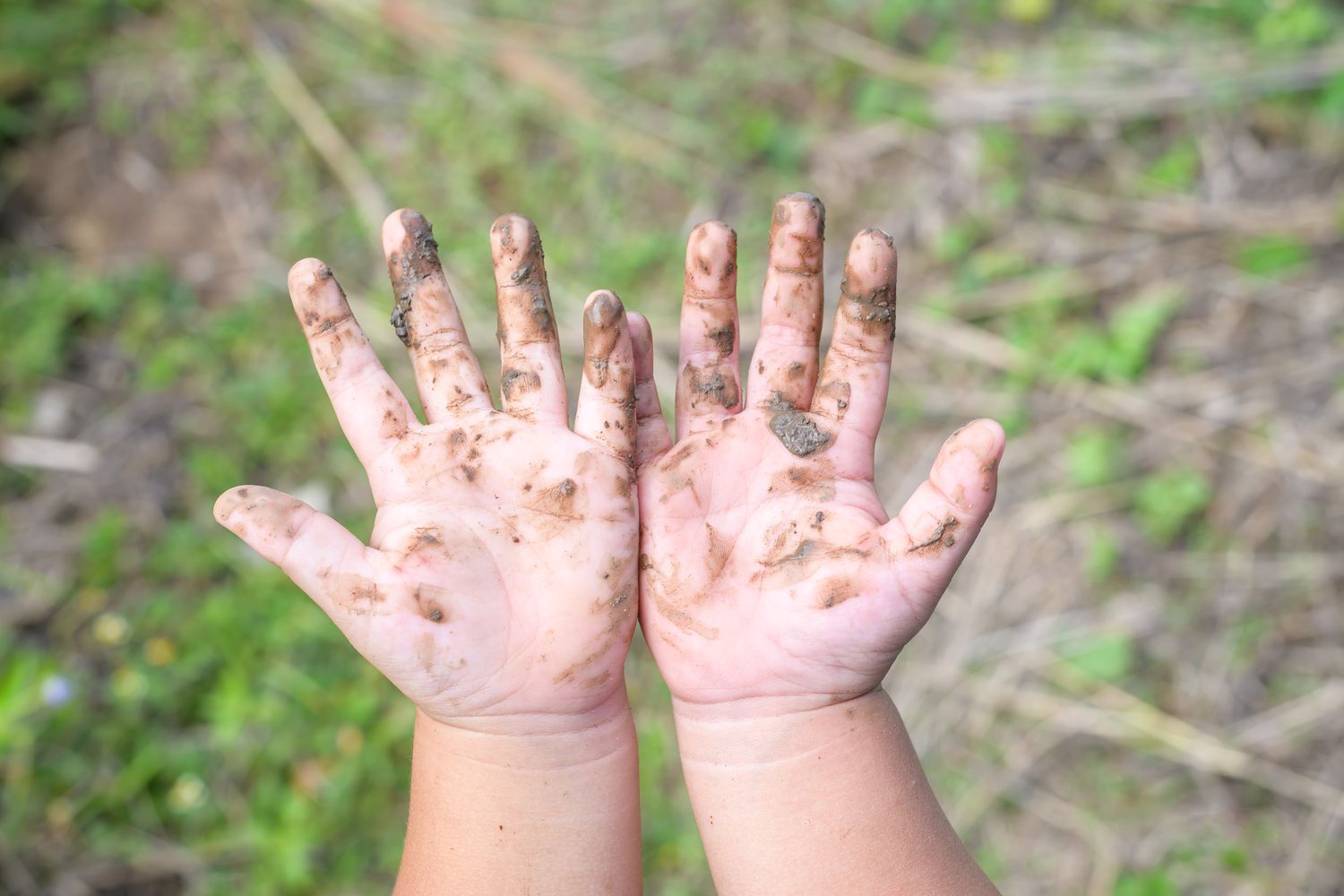Almost 25% of U.S. Households May Have Hazardous Lead Levels in Their Soil

A recent study estimated that nearly one in four—or 29 million—households in the United States have levels of lead in their yards that exceed new federal standards.
The research, published in the journal GeoHealth, “reveals the extent of the soil lead problem,” Gabriel Filippelli, PhD, lead author and executive director of the Indiana University Environmental Resilience Institute, told Health in an email.
In January, the Environmental Protection Agency lowered the screening level of lead in residential soils from 400 parts per million—which had been in place for more than 30 years—to 200 ppm. The standard is more conservative, at 100 ppm, for homes exposed to multiple sources of lead exposure.
“The EPA adjusted that level downward in recognition of the harmful impacts of soil lead on children’s health,” Filippelli said.
Here’s what you need to know about the study, how to check if your yard has high lead levels, and steps to take if it does.
Filippelli and his colleagues analyzed a database of over 15,500 soil samples from various residential yards, backyards, gardens, and alleyways across 16 U.S. cities.
After analyzing the data, they found that:
“I was shocked at how many households were above the new 200 parts per million guideline,” Filippelli said. “I assumed it was going to be a more modest number, and results for the 100 parts per million guideline are even worse.”
The researchers also discovered that Indianapolis and Chicago had higher lead levels in household soil than other Midwestern cities. In Chicago, 53% of the soil sampled exceeded the recommended level, while in Indianapolis, 37% of the sampled soil surpassed the 200 ppm recommendation.
“Lead is more prevalent in these older urban areas” because that’s “where the past sources of lead from lead-based paint, leaded gasoline, and industrial emissions are found,” Filippelli said.
Lead can get into the soil in many different ways, including from leaded gasoline used in cars until 1975 and lead in aviation fuel, Jun Wu, PhD, environmental health scientist and professor of Environmental and Occupational Health at the University of California Irvine Program in Public Health, told Health.
“The burning of that would end up releasing into the air,' he said. 'Then the air pollution would deposit, and so you get lead from the air into the soil.”
Lead can also find its way into the soil by emissions and pollutants released into the air from industrial facilities and factories. Residue, dust, and particles formed from degraded lead-based paint used in older houses, roadways, or fences can also contaminate soil, as can old lead plumbing pipes and lead-arsenic compounds used in pesticides and fertilizers.
“Since lead is an inert metal, it can stay in the soil for hundreds of years,” Wu said. “So there are multiple pathways on how lead ends up in the soil.”
Though lead is a naturally occurring element, it can be toxic to humans and animals.
“Children are particularly vulnerable to lead exposure from the soil due to their frequent hand-to-mouth activities, which can lead to lead ingestion,” Wu said. During windy conditions, they can also be exposed to lead through inhalation.
Children are also more likely to develop symptoms because they typically consume more soil per body weight than adults, their underdeveloped intestinal systems absorb more lead into their bloodstreams, and their neural systems are actively developing, Filippelli said.
Exposure to lead can have a wide range of effects on children, including developmental and behavioral issues, hearing problems, anemia, slowed growth, ADHD, and memory issues, Wu said. In adults, lead exposure can lead to cardiovascular effects, increased blood pressure, decreased kidney function, and reproductive problems.
Filippelli said the primary method to check your soil for lead is through testing, but getting soil tested can sometimes be challenging. “There are some commercial companies that do the soil testing, but still, there’s no easy way to get the soil tested,” he said.
According to the EPA, most laboratories associated with state university agricultural departments and agricultural extension offices may provide soil testing for lead, typically at a cost.
Other options include contacting a laboratory accredited under the EPA’s National Lead Laboratory Accreditation Program (NLLAP), attending “soilSHOP” events where organizers use an X-ray fluorescence spectrometer to estimate lead levels in soil samples, or contacting a certified lead risk assessor.
Some government agencies, like public health departments, may come to your home and test the soil, Wu said, but that decision is dependent on the public health department and their funding.




